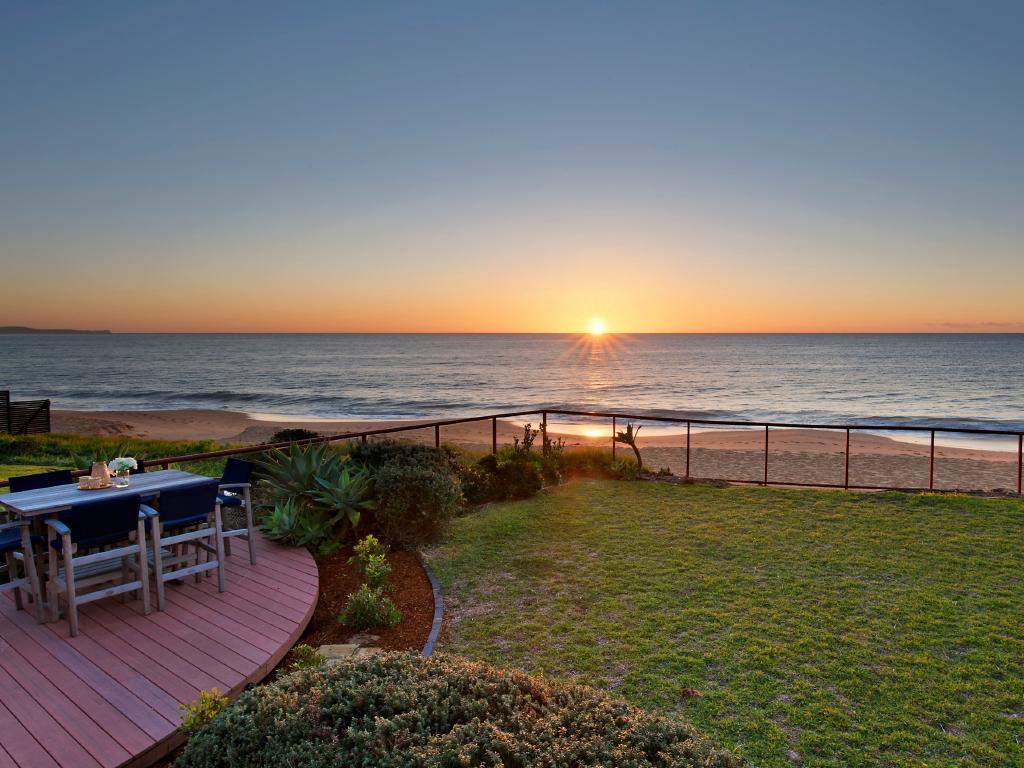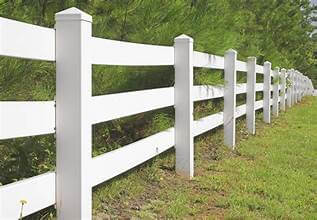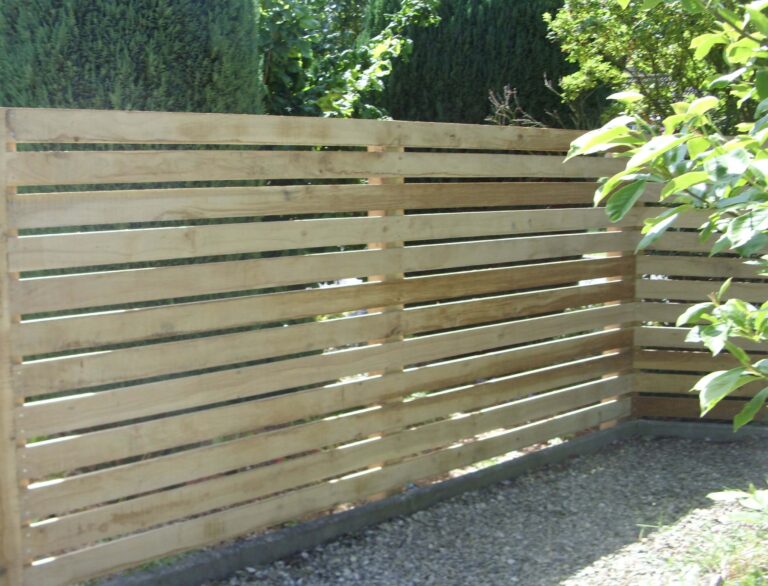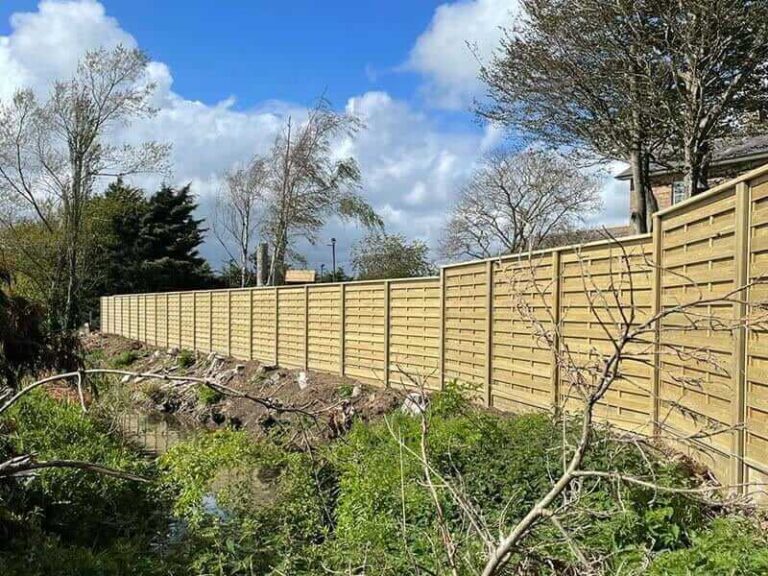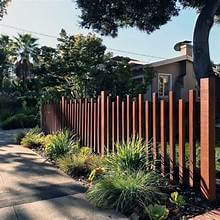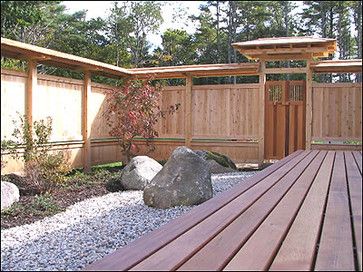When choosing fencing for beachfront properties, consider durable materials like vinyl or aluminum to withstand salt and moisture. Ensure the fencing meets local regulations for coastal areas and opt for a design that complements the natural surroundings, such as a low-profile or open-style fencing to minimize wind resistance and maintain ocean views.
Living by the sea offers a unique lifestyle, but it also presents challenges in maintaining property.
Choosing the right fencing for beachfront properties is crucial to ensure both functionality and aesthetic appeal.
From withstanding salty air to preserving the idyllic views, the choice of fencing can significantly impact the overall experience of beachfront living.
In this guide, we will explore key considerations for selecting fencing that is both practical and visually harmonious with coastal environments.

Understanding The Coastal Environment
For beachfront properties, consulting experts in Excellence in Fencing Installations for San Mateo is essential.
Their expertise in selecting materials that withstand coastal conditions ensures both durability and aesthetic appeal, making your fencing choice resilient against environmental elements.
By comprehending the specific challenges posed by coastal areas, property owners can make informed decisions to select fencing that offers durability and resilience against these environmental elements.
Impact Of Saltwater And Sand
The proximity to salt water and constant exposure to sand in beachfront properties can accelerate corrosion and wear on fencing materials.
Choosing durable and corrosion-resistant materials such as stainless steel, aluminum, or vinyl-coated fencing can help mitigate the damaging effects of saltwater and sand.
It’s important to opt for materials that are resistant to rust, corrosion, and degradation due to prolonged exposure to salty and abrasive elements.
Regular maintenance and cleaning are also essential to prolong the lifespan of coastal fencing.
Importance Of Wind Resistance
Given the high winds typical of coastal areas, wind resistance is a critical factor to consider when selecting fencing for beachfront properties.
Installing structures that are specifically engineered to withstand strong gusts is imperative to prevent damage and maintenance costs.
Solid barriers, such as concrete or vinyl privacy fencing, can effectively block winds, while fences with slat designs or louvered panels allow wind to pass through, minimizing the risk of structural stress.
Additionally, anchoring systems and post-reinforcement can enhance the stability and resilience of coastal fences against powerful winds.
Types Of Fencing Materials
Selecting the right fencing material for your beachfront property is crucial for maintaining both functionality and aesthetic appeal.
The type of fencing material you choose will significantly impact your property’s overall look, as well as its resilience against the various environmental elements present in coastal areas.
Here, we’ll explore the different types of fencing materials suitable for beachfront properties, considering factors such as durability, maintenance, and overall performance.
Let’s take a closer look at wood, vinyl, and composite options and weigh their pros and cons to help you make an informed decision.
Wood
Wood fencing has been a timeless choice for coastal properties, offering a natural and timeless aesthetic.
The rustic charm of wood complements beachfront aesthetics, providing a classic, traditional look.
However, it’s essential to note that wood fencing requires regular maintenance, including staining and sealing, to protect it from the harsh coastal climate.
Without proper care, wood fencing can be susceptible to warping, rotting, and insect infestation.
Despite the maintenance requirements, wood fencing remains a popular choice due to its versatility and natural appeal.
Vinyl
Vinyl fencing is a low-maintenance alternative to wood, offering durability and resistance to moisture, salt, and UV exposure.
It requires minimal upkeep, making it an attractive choice for beachfront properties. Vinyl fencing comes in a variety of styles and colors, providing flexibility in design and customization.
Additionally, it is resistant to rot, corrosion, and pests, making it an ideal option for coastal environments.
Wthe initial cost of vinyl fencing may be higher than wood, but its long-term durability and low maintenance requirements make it a cost-effective investment for beachfront properties.
Composite Options
Composite fencing offers the best of both worlds, combining the natural appearance of wood with the durability and low maintenance of vinyl.
It is constructed from a blend of wood fibers and recycled plastic, providing the look of wood without the susceptibility to decay and insect damage.
Composite fencing is resistant to fading, staining, and warping, making it an ideal choice for beachfront properties.
While composite fencing may have a higher upfront cost, its long-term durability and minimal maintenance requirements make it a reliable option for coastal environments.
Durability And Maintenance Considerations
When considering fencing materials for beachfront properties, it’s essential to prioritize durability and maintenance requirements.
Coastal environments expose fencing to salt water, high winds, and intense sunlight, emphasizing the need for resilient materials that can withstand these elements.
Additionally, low-maintenance options such as vinyl and composite fencing can offer long-term cost savings and peace of mind, requiring minimal upkeep to maintain their appearance and functionality.
Design And Aesthetic Considerations
Design and aesthetic considerations play a crucial role in choosing the right fencing for beachfront properties.
Not only does the fencing need to withstand the harsh coastal conditions, but it should also enhance the property’s visual appeal and complement the natural surroundings.
Balancing privacy and views, as well as incorporating coastal-inspired styles and colors, are key factors to consider when designing the perfect fencing for beachfront properties.
Balancing Privacy And Views
Beachfront properties often offer stunning views of the ocean, and homeowners may want to preserve these views while also ensuring a level of privacy.
Transparent or semi-transparent fencing materials, such as glass panels or stainless-steel cable rails, can provide a barrier without obstructing the picturesque coastal scenery.
Alternatively, incorporating louvered or slatted designs can create a sense of privacy while still allowing for optimal airflow and views.
Coastal-inspired Styles And Colors
Embracing coastal-inspired styles and colors can seamlessly integrate the fencing with the beachfront property’s aesthetic.
Opting for nautical elements such as ropes or weathered wood can evoke a maritime charm and create a cohesive look with the coastal surroundings.
When it comes to colors, pale blues, whites, and natural wood tones can mirror the tranquil beach scenery, while metallic accents add a touch of modern elegance to the fencing.
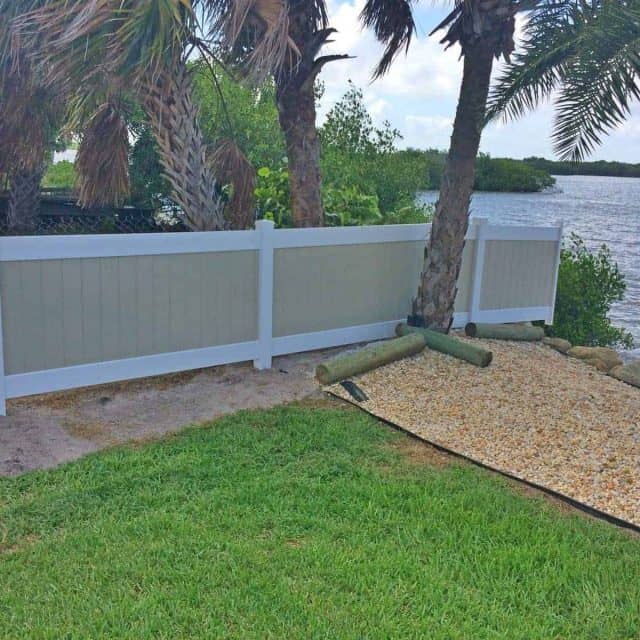
Frequently Asked Questions
What Are The Best Fencing Options For Beachfront Properties?
For beachfront properties, durable materials like vinyl, aluminum, or composite fencing are ideal due to their resistance to salt and moisture.
How To Choose The Right Height For Beachfront Property Fencing?
The fence should be tall enough to provide privacy and security, usually around 6-8 feet high to withstand coastal winds and sand erosion.
What Are The Maintenance Considerations For Beachfront Property Fencing?
Regular maintenance is crucial to remove salt residue and prevent corrosion, so opt for materials that require minimal upkeep, such as vinyl or aluminum.
Conclusion
In choosing fencing for beachfront properties, it’s crucial to consider durability, resistance to saltwater, and aesthetic appeal.
With the right materials and design, you can enhance security and privacy while complementing the natural beauty of the location.
By prioritizing these factors, you can select fencing that will serve your beachfront property well for years to come.

